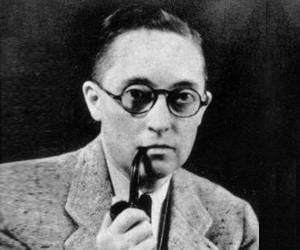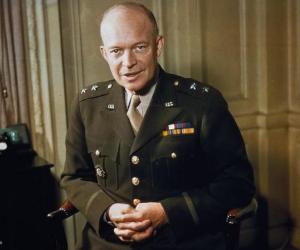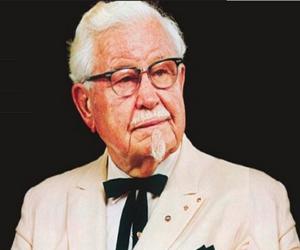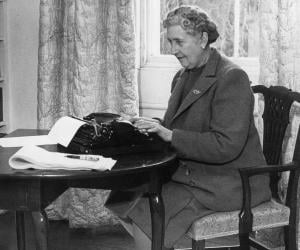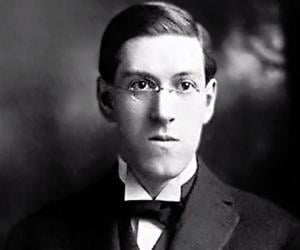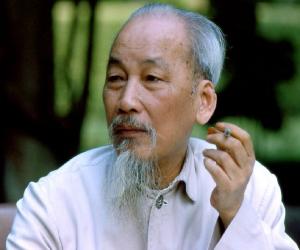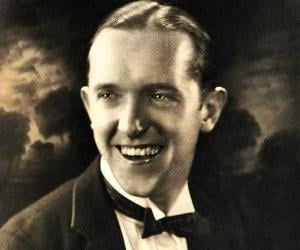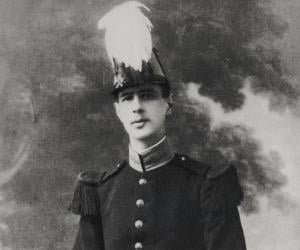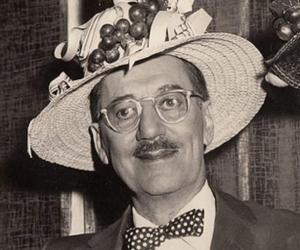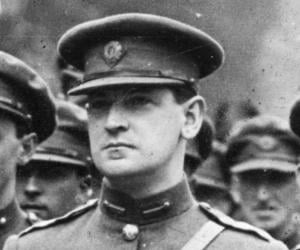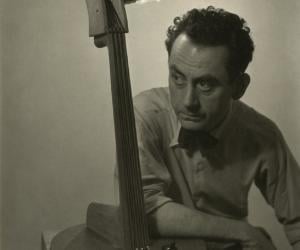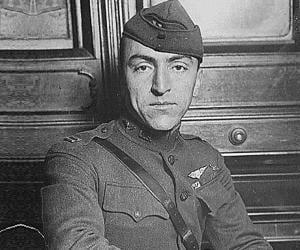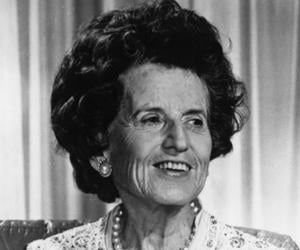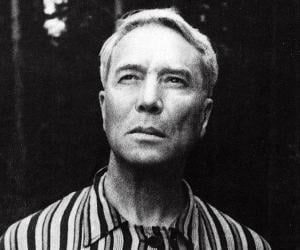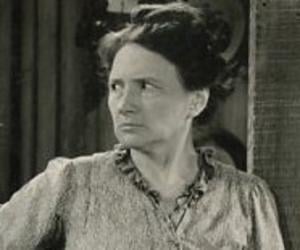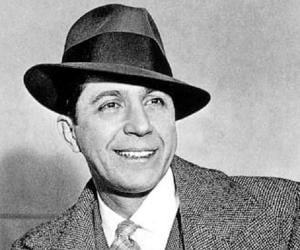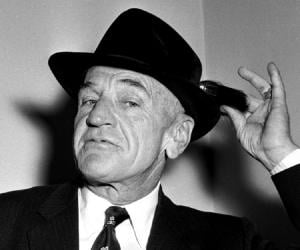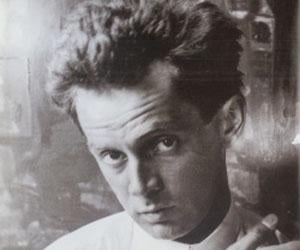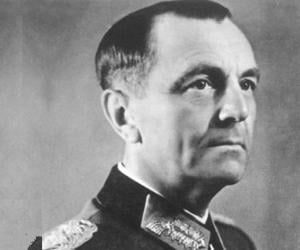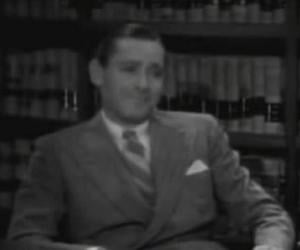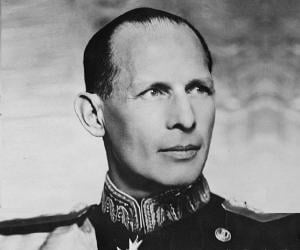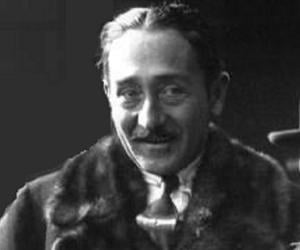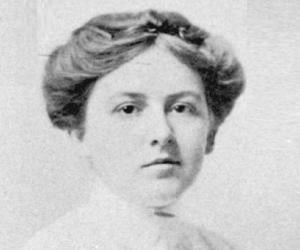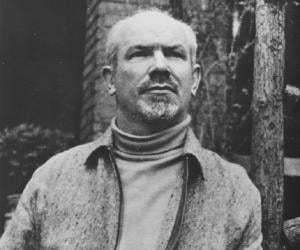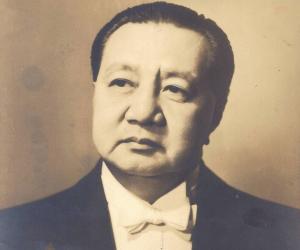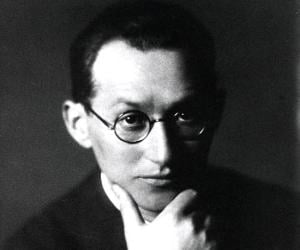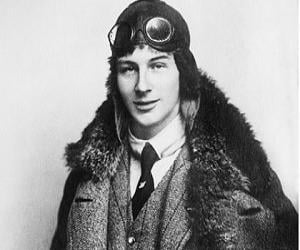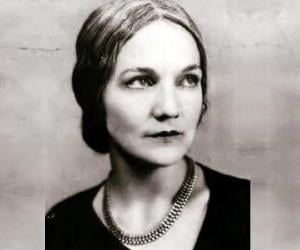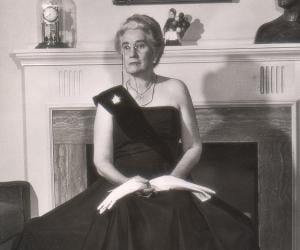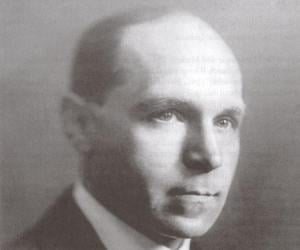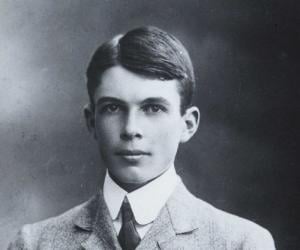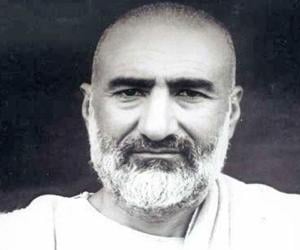The 34th president of the United States, Dwight D. Eisenhower held office from 1953 to 1961. An army officer During World War II, he was part of many successful operations. He signed the Civil Rights Act of 1957, and his two terms as president saw widespread economic prosperity in USA. He is ranked high among American presidents.
Colonel Sanders is the man who revolutionized the American fast food industry by founding the restaurant chain Kentucky Fried Chicken (KFC). Establishing a style trademark by wearing a white suit and black string tie, Sanders went on to become a symbol of the KFC brand. Such is the popularity of the brand, the symbol is recognized all over the world.
Even after four decades after her death, Agatha Christie remains an influential figure in the world of literature and entertainment as most of her books continue to serve as inspiration to films, TV series, and video games. With over two billion copies of her novels sold, she holds the Guinness World Records for best-selling fiction writer of all time.
HP Lovecraft was a writer of weird and horror fiction and is known for his creation of Cthulhu Mythos, which has inspired a large body of games and music. His stories focused on his interpretation of humanity's place in the universe. He was virtually unknown during his lifetime, but is now considered a significant 20th-century author of supernatural horror fiction.
Comedian Stan Laurel entertained audiences as part of the iconic duo Laurel and Hardy, along with Oliver Hardy, in over 100 films. He began his career with music-hall sketch comedy and worked as an understudy of Charlie Chaplin in Fred Karno's Army. He was known for his trademark bowler hat.
Charles de Gaulle was a French statesman and army officer. Charles de Gaulle fought against Nazi Germany in the Second World War by leading the Free French Forces. He also worked towards re-establishing democracy in France. He founded the Fifth Republic, France's current republican system, and rewrote the Constitution of France. He then served as the president of France.
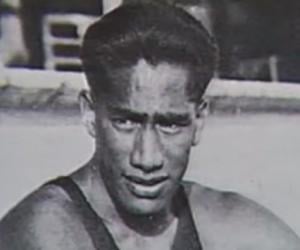
Duke Kahanamoku was an American competitive swimmer and surfer. He is credited with popularizing the ancient Hawaiian surfing. As a swimmer, Kahanamoku won three gold medals in two different Olympics. Kahanamoku was inducted into both the Surfing Hall of Fame and International Swimming Hall of Fame. He has been also inducted into the US Olympic Hall of Fame.
Famous photographer, painter and filmmaker, Man Ray was the sole American who was a significant part of both the Dada and Surrealist movements. Despite his contributions in various artistic mediums, he is best remembered as a photographer who popularised solarisation and Rayographs techniques. He also made films including the Surrealist classic L’Étoile de mer and published his autobiography Self-Portrait.
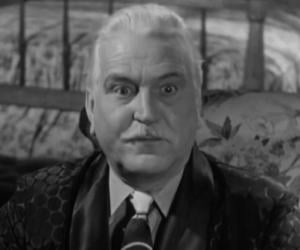
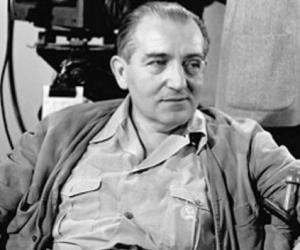
While Austrian filmmaker Fritz Lang initially studied civil engineering, he later trained as a painter, before switching to screenwriting and direction. He was a prominent figure of German Expressionism and mostly worked in Germany and the US. His Woman in the Moon was a pioneering science-fiction movie.
Eddie Rickenbacker was an American fighter pilot who played an important role in World War I. With 26 aerial victories under his belt, Rickenbacker was the most decorated and most successful US flying ace of the First World War. A multi-talented personality, Eddie Rickenbacker was also an automotive designer and race car driver.
Son of an artist father and a pianist mother, Boris Pasternak initially wished to become a musician. He is best known for his novel Doctor Zhivago, set against backdrop of the Russian Revolution. The Soviet Communists forced him to decline the Nobel Prize, which his descendants later accepted.
Carlos Gardel was a French Argentine composer, singer-songwriter, and actor. Widely regarded as the most important personality in the history of tango, Gardel is the world's most famous tango singer of all time. Remembered for his baritone voice, Gardel is often referred to as The King of Tango. His life inspired the 1939 musical film, The Life of Carlos Gardel.
Egon Schiele was an Austrian painter whose work is well-known for its raw sexuality and intensity. An early exponent of Expressionism, Schiele was one of the early-20th century's most prominent figurative painters. His life and career inspired the 1980 biographical film Excess and Punishment, in which Schiele was played by German actor Mathieu Carrière.
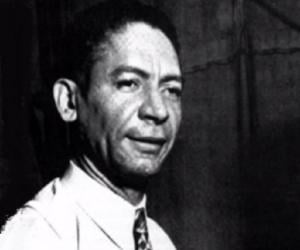
Friedrich Paulus was a German field marshal who played a major role in World War II. He is best remembered for his role in the Battle of Stalingrad, where he commanded the 6th Army. As German General Staff's deputy chief, he also helped plan Operation Barbarossa, the code name for the invasion of the Soviet Union.
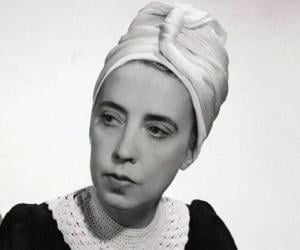
Elsa Schiaparelli was an Italian fashion designer who designed the wardrobes for many films like Topaze and Moulin Rouge. Widely regarded as one of the most important figures in the world of fashion, Schiaparelli was considered the greatest rival of Coco Chanel.
Herbert Marshall was an English actor best remembered for playing important roles in popular Hollywood films during the 1930s and 1940s. He was one of the most sought-after actors in Hollywood at the peak of his career. In 1960, Herbert Marshall was awarded a star on the Hollywood Walk of Fame for his contributions to the film industry.
George II of Greece was the King of Greece for two terms, from 1922 to 1924 and from 1935 to 1947. He was the eldest son of King Constantine I and his wife, Sophia of Prussia. He reigned during a tumultuous time in Greek history. Upon his death, he was succeeded by his younger brother, Paul.
Canadian thoracic surgeon Norman Bethune served as an army physician for the Canadian Army during World War I. He revolutionized medical science by introducing the concept of mobile blood-transfusion. A Communist Party of Canada member, he later served the Chinese army against Japan, becoming a revered name in China.
Elpidio Quirino was a Filipino politician and lawyer. From 1948 to 1953, Quirino served as the president of the Philippines. He was serving as the vice-president when he succeeded the presidency after the sudden death of incumbent President Manuel Roxas. In 2016, a memorial was established in Tokyo, Japan, in his honor.
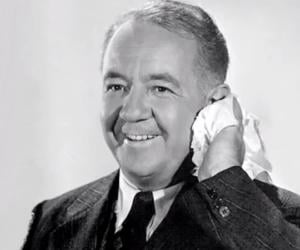
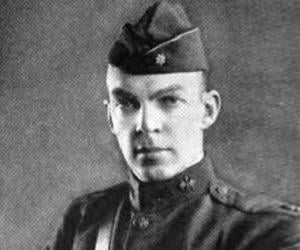
Edwin Howard Armstrong was an American inventor and electrical engineer. He is credited with developing the superheterodyne receiver system as well as the frequency modulation (FM) radio. During his illustrious career, Armstrong received several awards including the IEEE Medal of Honor, Franklin Medal, and Edison Medal. He was inducted into the National Inventors Hall of Fame in 1980.
Though a high-school drop-out, Dutch aviation designer and entrepreneur Anthony Fokker showed his interest in mechanics quite early. He designed over 40 types of fighter aircrafts for the Germans during World War I. The aircraft that completed the first nonstop flight across the U.S. was also made by him.
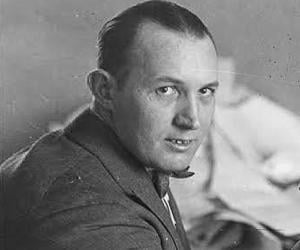
Robert Ripley was a cartoonist and an amateur anthropologist best known for creating the newspaper panel series Ripley's Believe It or Not! The series was later adapted for radio and TV. He lost his father when he was young and began working as a cartoonist at the age of 16. Over the years, he became extremely successful and wealthy.
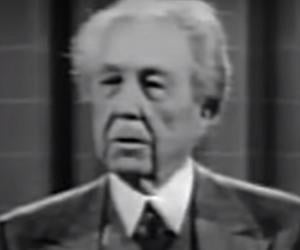
American architect Lloyd Wright is best remembered for his Prairie style of architecture predominant in the 20th-century American residential buildings. A proponent of organic architecture, he also delivered talks on architecture. He made headlines when a staff set fire to his Taliesin studio and murdered seven people.
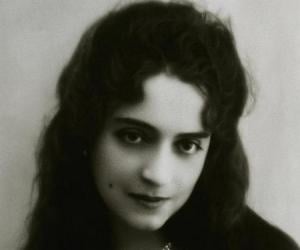
Born to working-class parents, Marguerite Alibert initially sang at local bars and worked as a prostitute. She later became Prince Edward’s (later King Edward VIII of the UK) courtesan. She shot her second husband, Ali Fahmy, to death at Savoy Hotel but got away by showcasing herself as a victim of brutality.
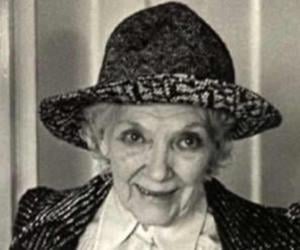
Born in Dominica, to a Welsh father and a Creole mother, Jean Rhys grew up to be a celebrated author. She soared to fame with her novel Wide Sargasso Sea, which was inspired by the tale of Jane Eyre’s “madwoman in the attic.” She died before completing her memoir.
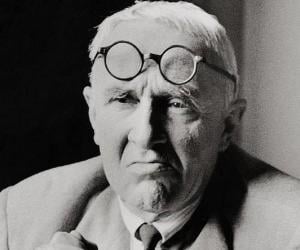
Italian painter and printmaker Giorgio Morandi is best remembered for his remarkable still life paintings of subjects such as vases, boxes, bottles, and flowers. Though he was hugely inspired by the works of Paul Cézanne, his paintings, known for their gentle, subdued tones, do not fit in any specific school of painting.
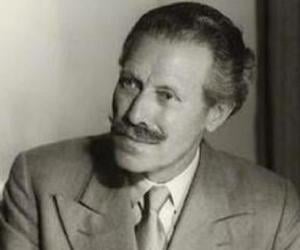
Sir Mortimer Wheeler was a British archaeologist who served as the director of the London Museum as well as the National Museum of Wales during his illustrious career. He is credited with developing the Wheeler–Kenyon method of archaeological excavation. Wheeler is also remembered for his association with the Archaeological Survey of India where he served as Director-General.
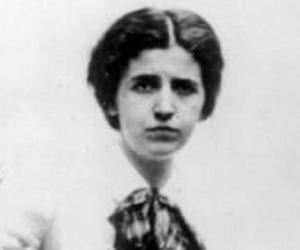

Nobel Prize-winning German geneticist Hermann Joseph Muller is best remembered for his work on mutation and the effects of radiation on genes. His contributions include his book The Mechanism of Mendelian Heredity, which is a classic text in the subject. He was named the 1963 Humanist of the Year.
Born to a math and physics professor in Australia, Sir William Lawrence Bragg later moved to England, where his father was posted for work. He and his father jointly won the Nobel Prize for Physics for their research on X-ray diffraction through crystals. Bragg was an avid shell collector, too.
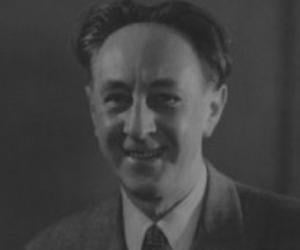
Czech composer and modern classical musician Bohuslav Martinů had started learning the violin at age 6. While he was dismissed from the Prague Conservatory for his poor performance, he later joined the Prague Philharmonic Orchestra and then moved to Paris to study music. He later moved to the US and taught at Princeton.
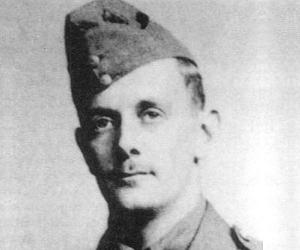
Abdul Ghaffar Khan was a Pashtun independence activist who opposed the British rule in India. A spiritual and political leader, Khan called for Hindu-Muslim unity in India and opposed the partition of India. Khan is still revered by many in India and Pakistan for his pacifist ideology. Many places in India are named in his honor.
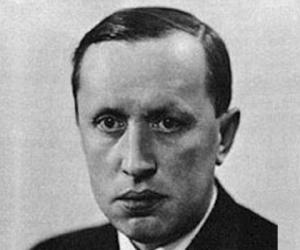
Karel Čapek was a Czech writer, critic, and playwright. He is best remembered for his science fiction work, including his play Rossum's Universal Robots and his novel War with the Newts. Credited with introducing the word robot, Karel Čapek's works were celebrated after World War II. He was also nominated for the prestigious Nobel Prize in Literature on seven occasions.
